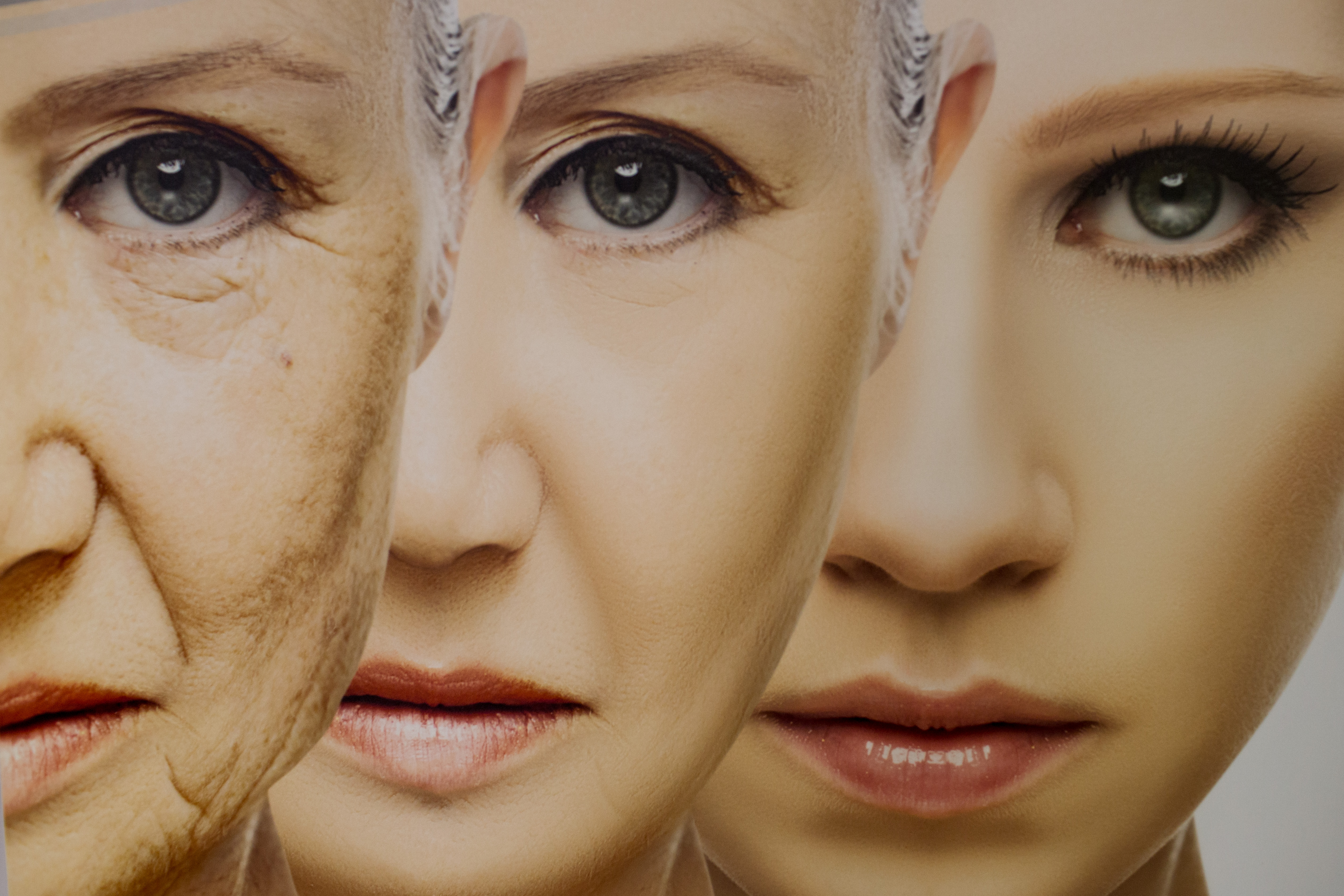“The dreams of youth are fairest,
The dreams of youth are rarest;
The dreams of youth are brighter
Than the dreams we'll know again.
Hope is the fairy weaver
For youth, a firm believer,
And great the things we'll master
In the days when we are men.”
So go the opening lines of the poem The Dreams of Youth by early 20th century British-born American poet Edgar Albert Guest. The sentiments he captures in the stanza are a near-universal expression of not only the dreams of each young generation but also reveal something of the yearning for youth in old age.
Back in the mid-1980s, three young German dreamers, two identical twins and their friend, all teenage boys with a knack for mathematics, physics and philosophy, would meet regularly to discuss these subjects. By 1989, as young adults, the trio made a pact: They would dedicate their careers to the pursuit of science that could prolong healthy human life.
One of them, the friend to the twins, Jörg Zimmerman, went into computer science and artificial intelligence and is now a postdoctoral researcher at the Institute for Computer Science, University of Bonn, and a member of the Artificial Intelligence Foundations Group (AIF). A part of his bio reads: “… and currently I am teaching courses on applying methods from statistics and machine learning to the analysis of biological data.”
One of the twins, Markus Horvath, “fell off the wagon … and became a psychiatrist”, according to his brother, as reported in an article in the peer-reviewed science and technology journal nature.com.
Between 2011 and 2013, the other twin, Steve Horvath, now an age and ageing researcher, geneticist and professor of human genetics and biostatistics, went on to make a ground-breaking discovery known as the Epigenetic Clock, also known as the Horvath Biological Clock, a biochemical test that can measure the biological age of human tissue by studying DNA methylation levels — measuring the accumulation of methyl groups in a person’s DNA.
“You can think of [DNA methylation] as rust in the context of ageing,” explains Hovarth in his March 2020
TEDx talk titled Epigenetic Clocks Help to Find Anti-Aging Treatments.
More than being a gimmick to spot “rust” at cellular level and estimate age, his discovery has been used by him and other scientists to measure how a range of factors affect how quickly we’re ageing at a biological level, as well as how our inherited DNA predetermines our biological ageing.
Some findings are fairly unsurprising, such as one study in which researchers analysed the epigenetic age of blood samples from people who followed various diets and made different lifestyle choices. The results concluded: “Overall, the epigenetic age analysis of blood confirms the conventional wisdom regarding the benefits of eating a high plant diet with lean meats, moderate alcohol consumption, physical activity and education, as well as the health risks of obesity and metabolic syndrome.”
Some findings were more intriguing, such as the role race and ethnicity play in epigenetic age: “In blood, Hispanics and Tsimane Amerindians have lower intrinsic but higher extrinsic epigenetic aging rates than Caucasians. African-Americans have lower extrinsic epigenetic aging rates than Caucasians and Hispanics but no differences were found for the intrinsic measure. Men have higher epigenetic aging rates than women in blood, saliva and brain tissue.”
Others were downright frightening, such as this one that found that inherited DNA methylation traits can “predict mortality independently of health status, lifestyle factors and known genetic factors”.
However, in the still-nascent field of age reversal, the accuracy of Horvath’s Clock presents an opportunity for scientists to measure the effectiveness of experiments that seek to reverse ageing at a cellular level. Many of these experiments are covered under an umbrella term known as reprogramming.
“You can take an old cell and administer certain factors… by administering this cocktail of factors for just a few days, not too long. Because, if you administer it for too long, you greatly [increase] the risk of cancer because the cells lose their identity. But if you do it briefly, let’s say for five days, you get the benefit of rejuvenation; you may have rejuvenated the cells by five years or 10 years, but it still remembers its identity,” Horvath explains in a January 2021




 A poster promoting an anti-ageing treatment is seen on a wall inside the luxury Esteworld Clinic on February 15, 2017 in Istanbul, Turkey. (Photo by Chris McGrath/Getty Images)
A poster promoting an anti-ageing treatment is seen on a wall inside the luxury Esteworld Clinic on February 15, 2017 in Istanbul, Turkey. (Photo by Chris McGrath/Getty Images)